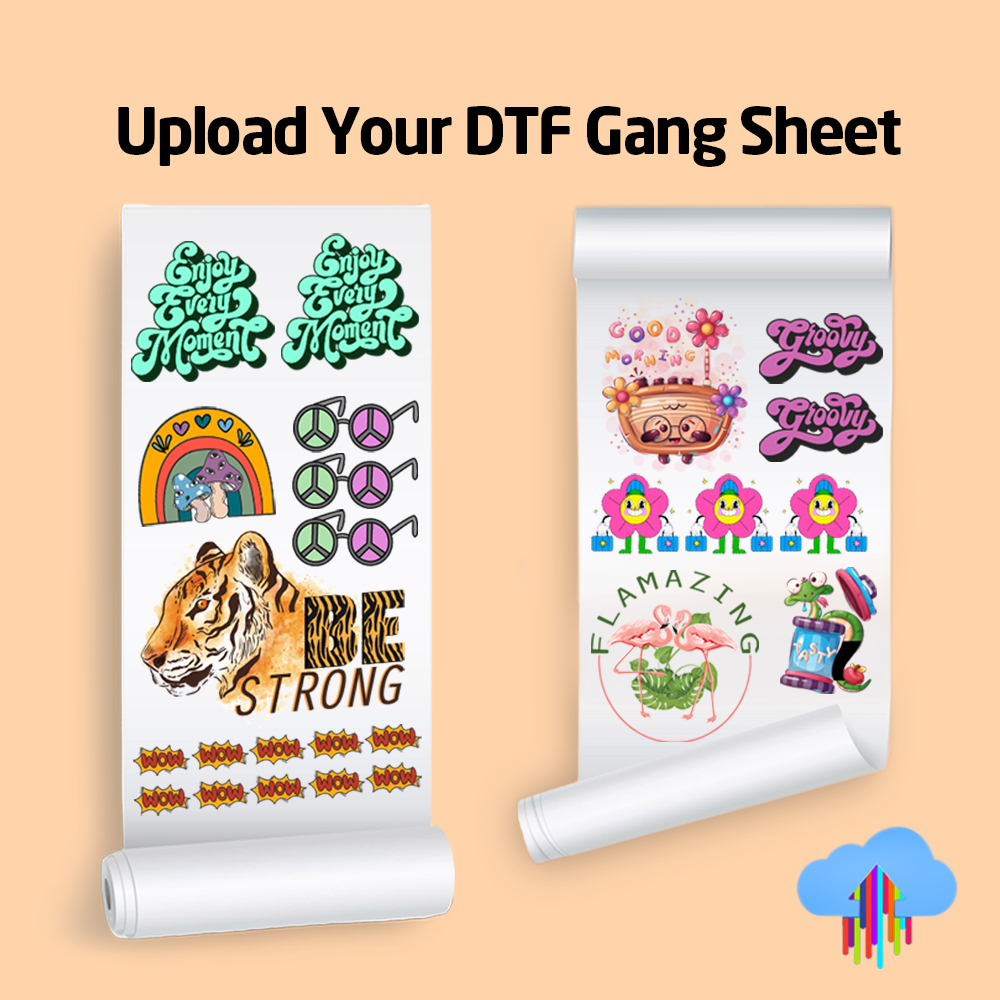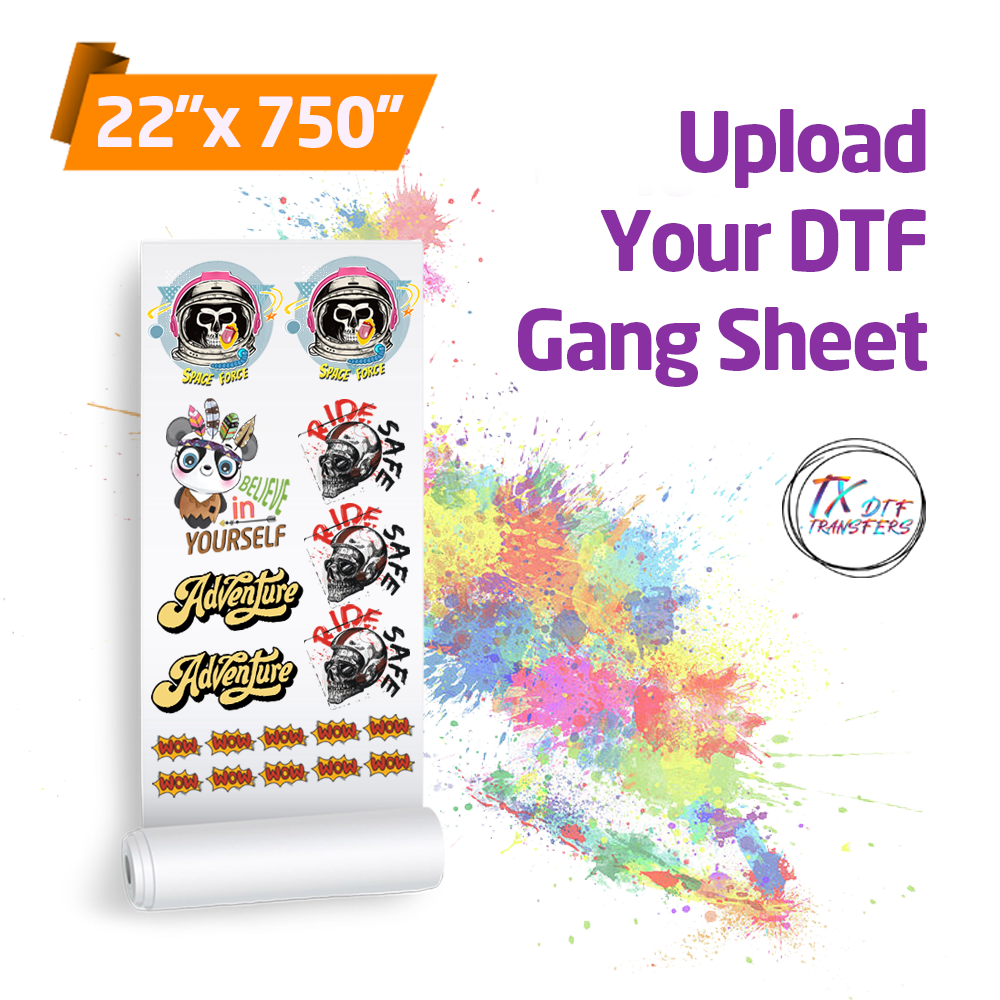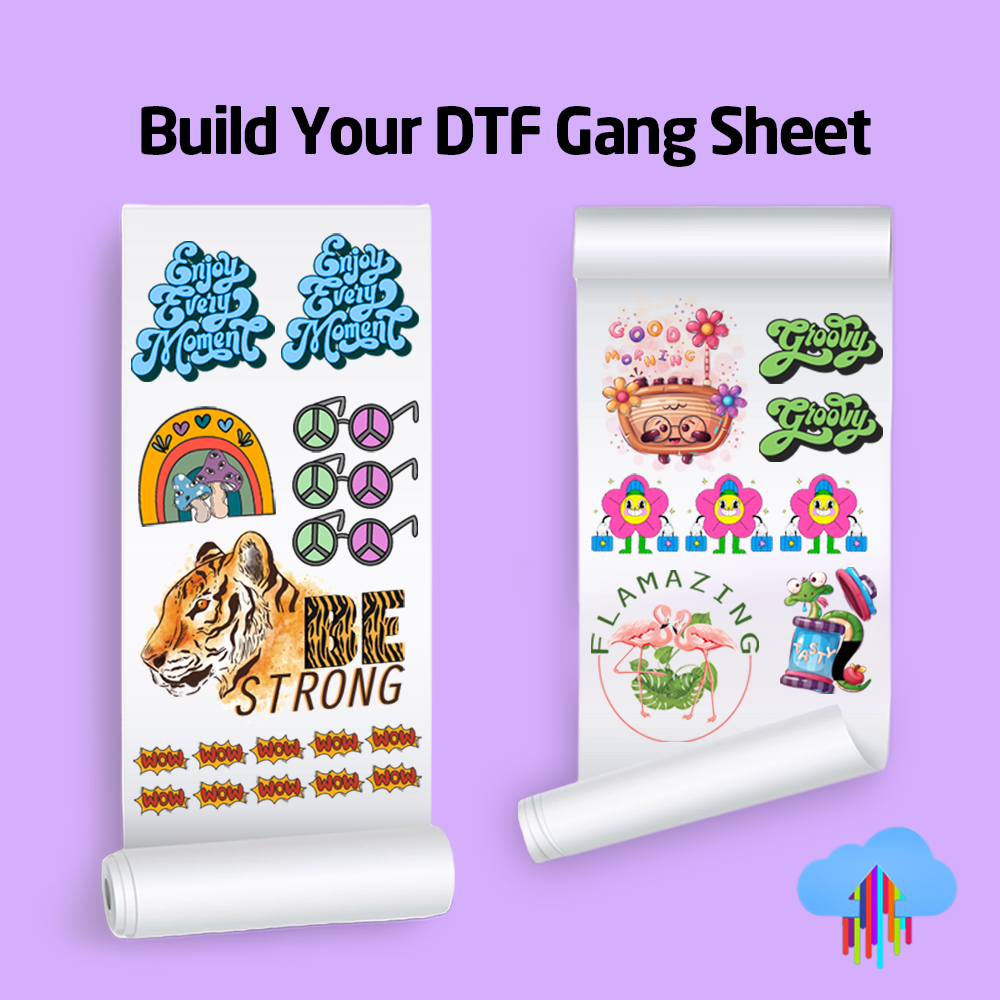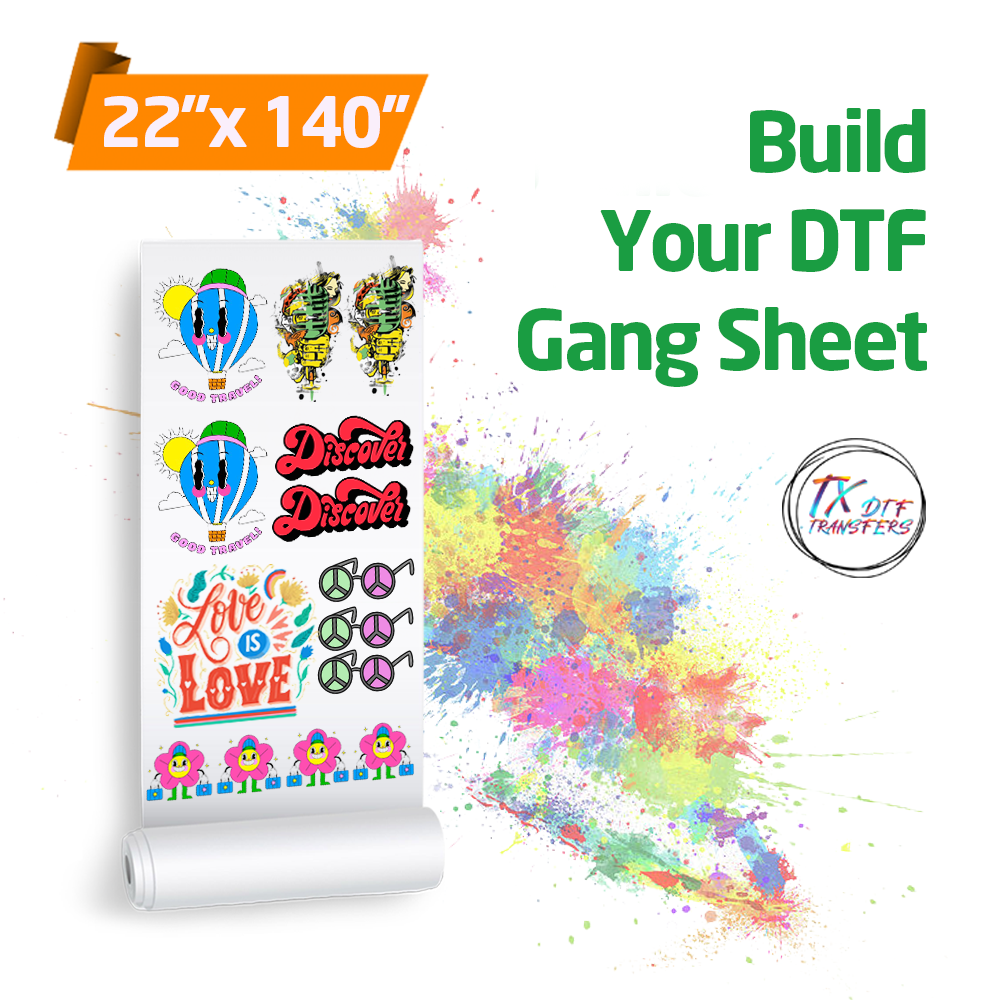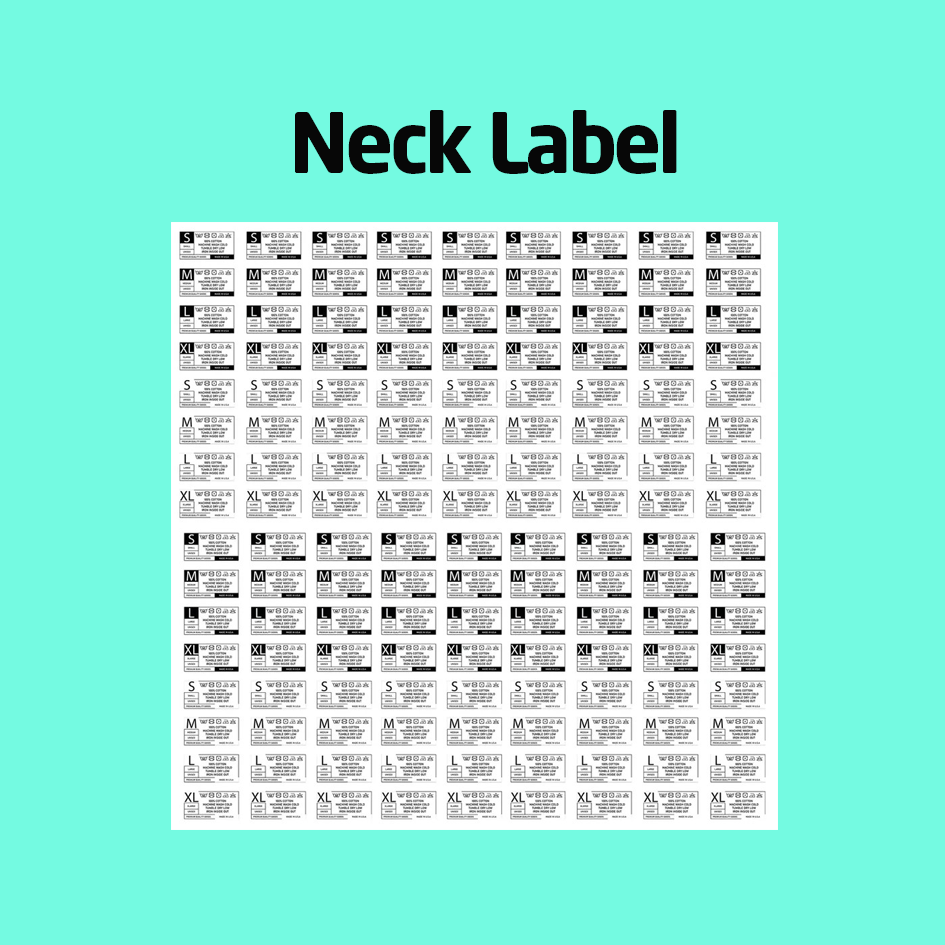How to Apply DTF Transfers? A Step-by-Step Heat Press Printing Guide
DTF (Direct to Film) transfers offer a versatile, high-quality solution for custom apparel. Whether you’re a small business owner or a creative individual, knowing how to correctly apply a DTF transfer is key to achieving vibrant, durable prints. This comprehensive guide will walk you through each step of the heat press process—from preparing your garment to achieving a flawless transfer. By following this guide, you’ll be able to confidently apply DTF transfers and enjoy professional results every time.
Required Materials and Tools
Before you begin, ensure you have all the necessary tools and materials on hand. Here’s a quick checklist:
-
DTF Transfer Film: Pre-printed with your design using high-quality CMYK and white inks.
-
Garment: The fabric onto which you want to transfer your design (works on cotton, polyester, blends, etc.).
-
Heat Press Machine: A reliable heat press with adjustable temperature, pressure, and time settings.
-
Teflon or Parchment Paper: Used to protect the transfer and garment from direct heat contact.
-
Heat-Resistant Gloves: For safe handling of hot materials.
-
Measuring Tools: Such as a ruler or measuring tape, to ensure precise placement of your transfer.
Step-by-Step Process for Applying DTF Transfers
1. Prepare Your Garment
Start by ensuring your garment is clean, wrinkle-free, and properly prepped. Lay the garment on a flat surface, smoothing out any folds or creases. If needed, lightly press the fabric to eliminate wrinkles. This step ensures that the transfer adheres evenly to the surface, without interference from fabric creases.
2. Position the DTF Transfer
Place your DTF transfer film face down on the designated area of the garment. Make sure the design is properly aligned—use a ruler or measuring tape for precision. For best results on dark fabrics, verify that the white underbase is positioned correctly, as this layer is crucial for making the design stand out.
3. Set Up Your Heat Press
Preheat your heat press according to the transfer manufacturer’s recommendations. Generally, the temperature should be set between 160°C and 180°C (320°F to 356°F). Adjust the pressure so that it is firm enough to ensure even contact across the transfer area but not so high as to damage the fabric. Familiarize yourself with the settings on your heat press for optimal results.
4. Apply the Heat Press
Place a Teflon or parchment paper over the DTF transfer to protect both the film and the garment during the heat press process. Close the heat press firmly, applying even pressure over the entire design. Maintain the set temperature and pressure for the recommended time—usually around 15 to 20 seconds. This step allows the adhesive powder on the transfer to fully melt and bond the ink to the fabric.
5. Remove the Film Carefully
After the pressing cycle is complete, open the heat press and let the garment cool slightly if a cold peel is recommended, or peel immediately if the instructions specify a hot peel. Gently remove the transfer film from one corner, pulling slowly and steadily. A smooth, even peel indicates that the transfer has adhered properly to the garment. If parts of the design lift or if you notice any residue, this may suggest that the temperature or time settings need adjusting in future applications.
6. Final Touches and Quality Check
Inspect the garment to ensure the design has transferred evenly and that all edges are secure. If necessary, perform a quick post-press for an additional 5-10 seconds using a Teflon sheet to smooth any slight imperfections. Allow the garment to cool completely before handling further or packaging. This cooling period helps the design set permanently, ensuring long-lasting durability through washes and wear.
Tips for Best Results
-
Practice Makes Perfect: If you’re new to DTF transfers, try a test run on a similar fabric to fine-tune your settings before working on your final product.
-
Monitor Temperature and Time: Small deviations in temperature or pressing time can impact the transfer quality. Keep a close eye on your heat press settings for consistent results.
-
Uniform Pressure Is Key: Ensure that the heat press applies even pressure across the entire design area. Uneven pressure can lead to incomplete transfer or uneven color distribution.
-
Use Protective Materials: Always use a protective sheet (Teflon or parchment paper) to prevent direct contact between the heat press and your transfer film. This avoids scorching the design and ensures longevity.
-
Safety First: Utilize heat-resistant gloves when handling hot materials to prevent burns.
-
Read Manufacturer Instructions: Different DTF transfer products may have slightly different application requirements. Always refer to the specific guidelines provided with your transfer film and adhesive powder.
Applying DTF transfers with a heat press is a straightforward process once you understand the steps involved. By preparing your garment correctly, positioning the transfer accurately, setting your heat press to the right temperature and pressure, and carefully peeling away the film, you can achieve professional-quality, long-lasting prints. Whether you’re creating custom apparel for personal use or running a business that offers on-demand printing services, mastering this technique will set your products apart in the competitive custom printing market.
Ready to get started with DTF transfers? Explore our range of high-quality DTF transfer products and let us help you bring your creative visions to life. Visit our website and discover the difference that expertly applied DTF transfers can make for your custom apparel today!






